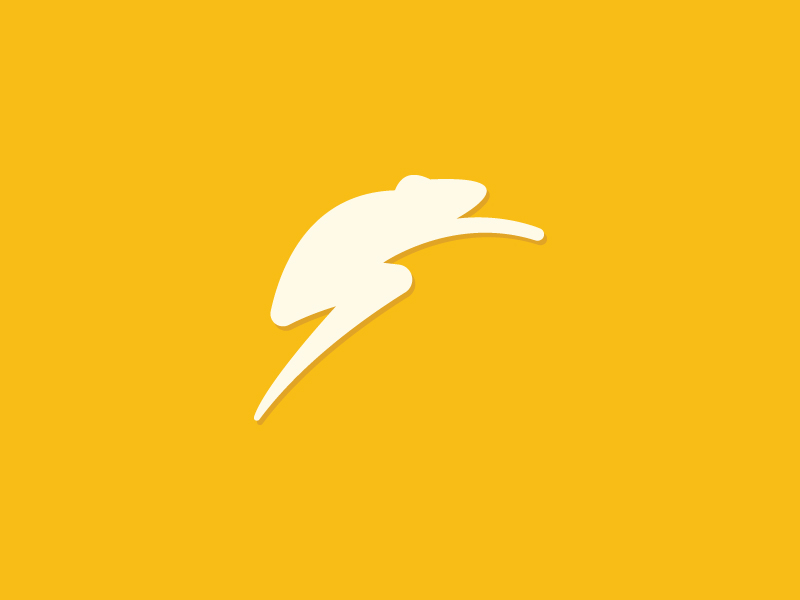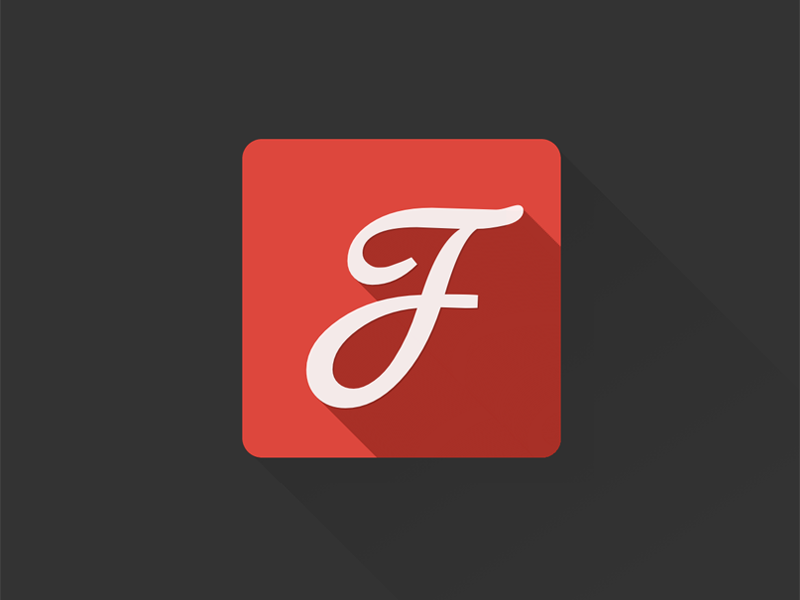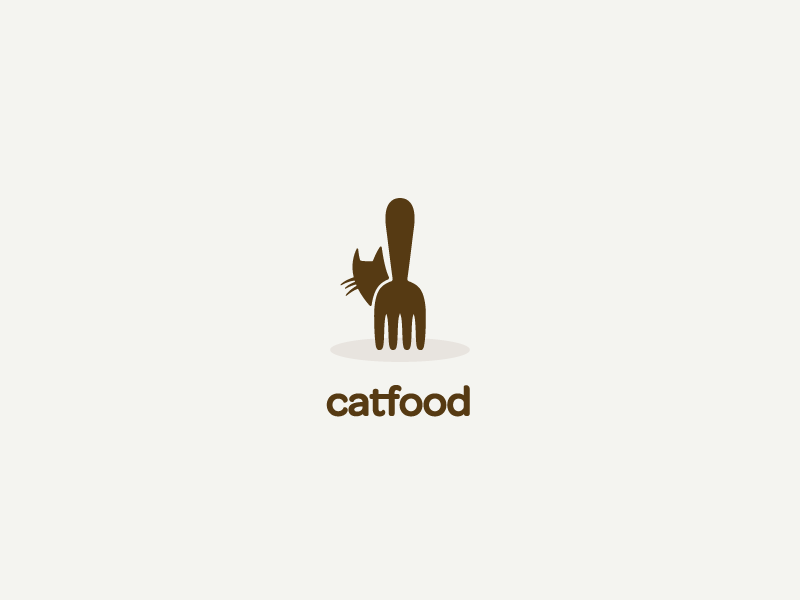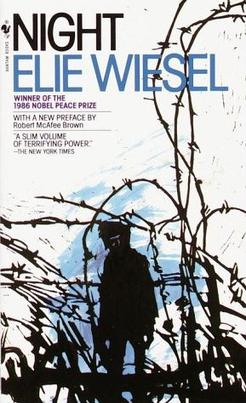Some neat tea bag packaging designs that I found:
This tea bag has really cute and warm color design. The leaf-shaped handle on top to lift the tea bag up is also a clever and useful design.
The texture of the bag and the green "G" make it look so organic.
This is one of the most hilarious and clever design that I came across today. I'm really drawn to the idea of making the tea bag into someone who is "sitting" in your tea cup.
The concept is sort of similar to the one above, making the tea bag the shape of our t-shirts. The whole packaging looks so elegant with the tiny clothes rack.
I like the fact that the tea bag can be split into two independent parts. The bottom part looks great and complete on its own and the top part is doing a good job keeping the tea bag from slipping into the cup.
The tea bags look like candies, which is not a commonly used association (I believe...). But I really like the energy the color palettes adds to the packaging.
























































